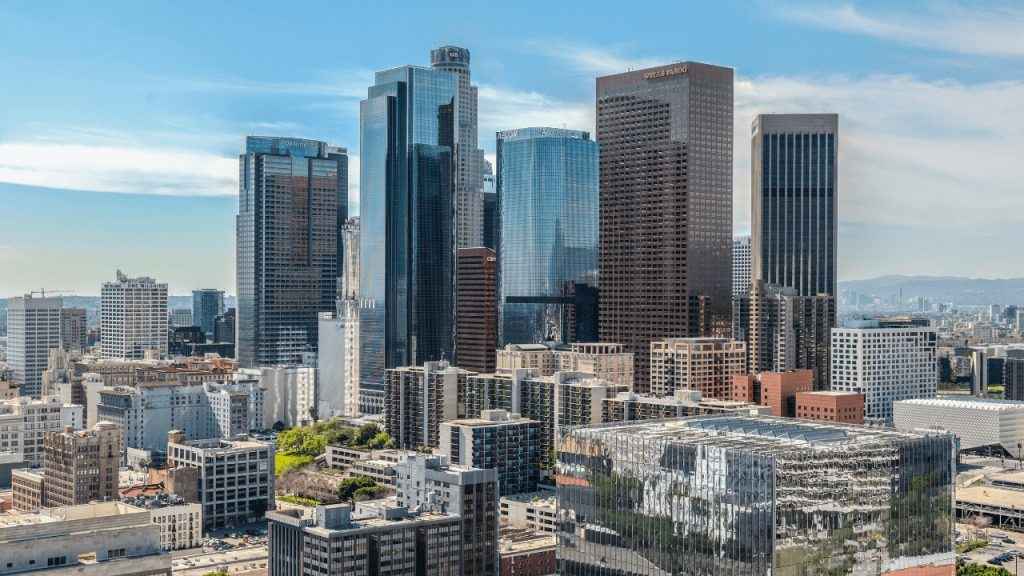Muslim communities in the United States are often concentrated in major metropolitan areas, where economic opportunities, established mosques, Islamic schools, and halal services are abundant. However, many of these cities are also among the most expensive places to rent housing, posing significant challenges for families and new immigrants.
Below are some of the most expensive cities for Muslim communities based on average rental prices and community presence:
1. New York City, New York
Average Rent (2025): Over $3,500/month for a one-bedroom apartment in Manhattan; outer boroughs like Queens or Brooklyn are lower but still expensive.
Why It’s Important for Muslims:
-
One of the largest Muslim populations in the U.S., with strong Arab, South Asian, and West African communities.
-
Extensive network of mosques, Islamic schools, and halal businesses.
-
Neighborhoods like Astoria (Queens), Bay Ridge (Brooklyn), and Jackson Heights are major Muslim hubs.
Challenge: High rents and cost of living push many families to outer boroughs or nearby New Jersey for more affordable options.
2. San Francisco Bay Area, California
Average Rent (2025): Around $3,000–$3,800/month for one-bedroom apartments; some neighborhoods in San Francisco exceed $4,000.
Why It’s Important for Muslims:
-
Significant Muslim presence in cities like Fremont, Santa Clara, and Oakland, with active Arab, Afghan, and Pakistani communities.
-
Dozens of mosques and Islamic centers serve the Bay Area.
-
Proximity to Silicon Valley, attracting highly skilled Muslim professionals.
Challenge: Tech-driven housing demand makes it one of the least affordable regions for middle-income Muslim families, especially near mosques and good Islamic schools.
3. Los Angeles, California
Average Rent (2025): Between $2,800–$3,400/month for a one-bedroom apartment in central areas; suburban areas like Anaheim are somewhat cheaper.
Why It’s Important for Muslims:
-
Home to large Arab, Iranian, and South Asian Muslim communities.
-
Areas like Culver City, Anaheim, and Garden Grove have strong Muslim neighborhoods.
-
Numerous halal restaurants, Islamic schools, and cultural centers.
Challenge: High housing costs in central LA push many Muslim families toward inland suburbs, increasing commute times to mosques and community centers.
4. Washington, D.C. Metropolitan Area
Average Rent (2025): About $2,500–$3,200/month for one-bedroom units in central D.C. or Arlington, VA.
Why It’s Important for Muslims:
-
Strong Muslim communities in Northern Virginia (Fairfax, Arlington) and Maryland (Silver Spring, College Park).
-
Active Arab and African-American Muslim networks, many involved in political and academic work.
-
Several mosques, Islamic schools, and interfaith organizations.
Challenge: While outer suburbs are cheaper, they can be far from key cultural and professional hubs.
5. Boston, Massachusetts
Average Rent (2025): Around $3,000/month for a one-bedroom apartment in central Boston.
Why It’s Important for Muslims:
-
A growing Muslim community, particularly among students and professionals from the Middle East, North Africa, and South Asia.
-
Access to mosques and halal eateries around Cambridge, Allston, and Roxbury.
-
Renowned universities attract thousands of international Muslim students.
Challenge: Tight rental markets and high tuition make affordable housing scarce, especially near universities and mosques.
Why These Cities Are Expensive for Muslims
-
Proximity to Mosques & Islamic Schools: Areas close to major Islamic institutions often have higher rental prices.
-
Economic Hubs: Many Muslims work in tech, medicine, or academia — sectors concentrated in expensive cities.
-
Community Clustering: Muslims tend to live in specific neighborhoods, creating demand for limited housing.
-
Urban Migration: New immigrants often start in large cities, increasing rental competition.
Adaptation Strategies by Muslim Communities
-
Moving to Suburbs: Many Muslim families settle in suburban towns near big cities (e.g., Jersey City for NYC, Fremont for San Francisco), which offer lower rent and good community infrastructure.
-
Community Housing Projects: Some Islamic organizations help new families find affordable housing or shared accommodations.
-
Expanding to Smaller Towns: A growing trend sees Muslim professionals moving to smaller, more affordable cities while maintaining religious identity and creating new communities.
Conclusion
While cities like New York, San Francisco, Los Angeles, Washington D.C., and Boston offer vibrant Muslim communities, they are also among the most expensive rental markets in the U.S.. For Arab and Muslim families, balancing proximity to mosques and halal services with affordable housing remains a key challenge. Many are turning to suburban areas or smaller towns to build new Muslim hubs without sacrificing faith or community.

